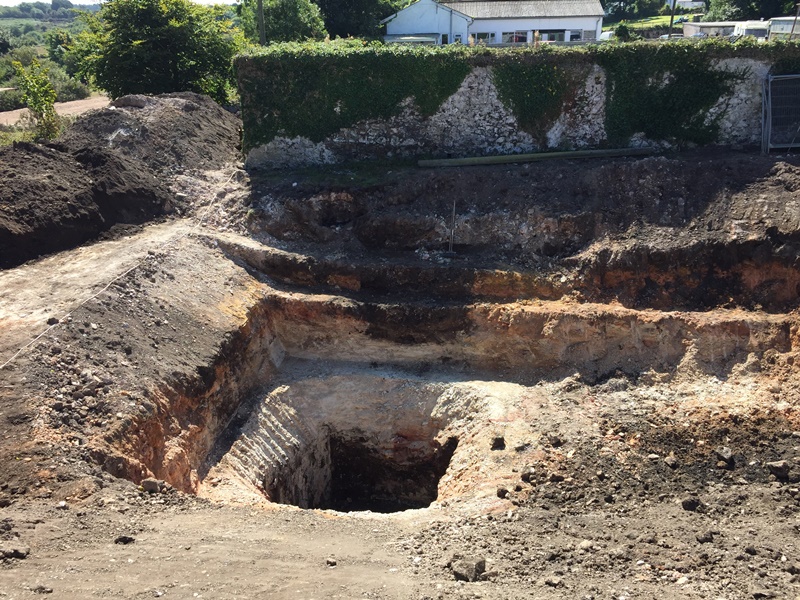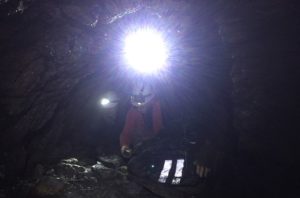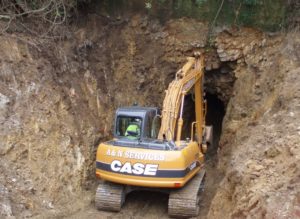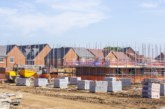
Brian Poole, Senior Geologist from Mining Searches UK, looks at why mining searches are a crucial step in any planning process.
Viewed by many as a chapter consigned to the nation’s history, mining still has a surprising impact on today’s housing and construction market, with over 290,000 dormant and closed mines still criss-crossing beneath the surface of the UK.
With busy cities affected as much as remote countryside, mines are frequently found where they would be least expected, including in the heart of Kensington and the grounds of Wentworth House.
Mine workings commonly run long distances beneath the ground from mine shafts and extend beneath existing residential properties. These shafts and tunnels could potentially cave in if not properly dealt with, causing subsidence and damage to buildings above them – so it’s important that these are addressed before a problem arises to not only save further financial investment in the future, but to also safeguard the lives of those living above.
 Identification
Identification
Identifying and remediating mining risks can not only help in the construction of a subterranean development, but can also provide valuable information as to the stability and composition of the land. For those in known mining areas where there is a risk that a basement extension could intersect a mine working, mining searches are a Building Control requirement, and a crucial step in the initial planning process
Closed mines leave very little, if any, evidence on the surface, but still have the potential to cause major problems if not investigated. Urban areas can also be at risk when development has been carried out without due diligence, with ground investigations helping to clarify the presence or absence of potentially underlying adverse ground conditions – such as shafts, workings quarries and pits.
Deeper underground
There are several engineering challenges facing a basement construction. Excavation under an existing building will require temporary works, such as piling, to ensure the structure remains stable, while the impact on neighbouring properties – particularly in urban environments – requires careful handling.
A thorough geotechnical assessment will provide an understanding of the ground conditions, and is a staged process, usually starting with a desk study. This involves gathering all recorded information about the land and surrounding areas, which includes analysing records of mining, geology and railway tunnels – all helping to dictate and outline the scope of an investigation.
“Identifying and remediating mining risks can not only help in the construction of a subterranean development, but can also provide valuable information as to the stability and composition of the land.”
An investigation will improve understanding of the ground conditions even further, by analysing its potential impact on a proposed development, investigating mining risks, and informing the need for temporary works and foundation requirements – as well as other issues which could impact construction, such as drainage, and soil chemistry.
Safe and secure
With space only set to become more limited and house prices on the rise, more developers will likely continue to look below ground when faced with the issue of creating more space. However, finding out what lies beneath a property before making plans can provide assurance that a development is not only cost effective, but also safe.
Ignoring or underestimating the potential impact of mines beneath the ground can prove to be a costly mistake. When considering a basement, it is always wise to consult experts, who will be able to provide a detailed and accurate outline of not just the feasibility of the project, but also the associated risks.









